I found a few Myrmecocystus cf.
Most of these are very restless, pulling at the cotton in their test tubes a lot. It's now been about two weeks, and most of them now have eggs, but I don't see any larvae yet.
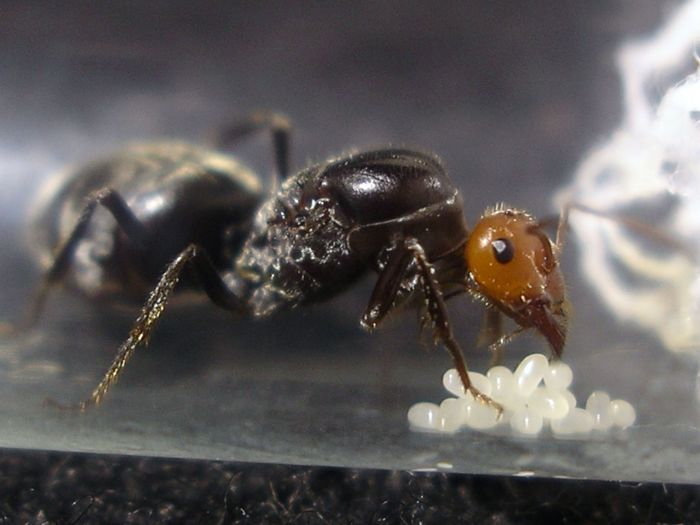
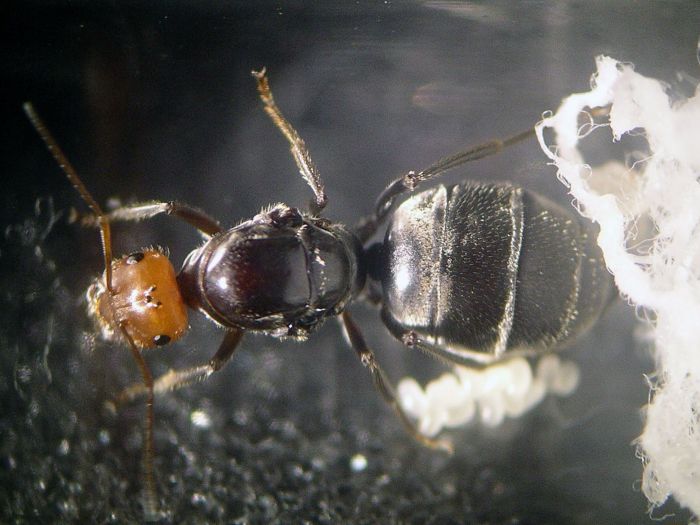
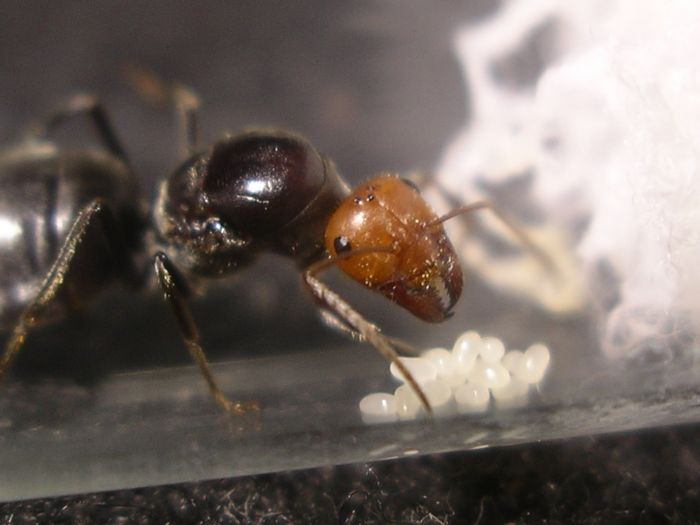
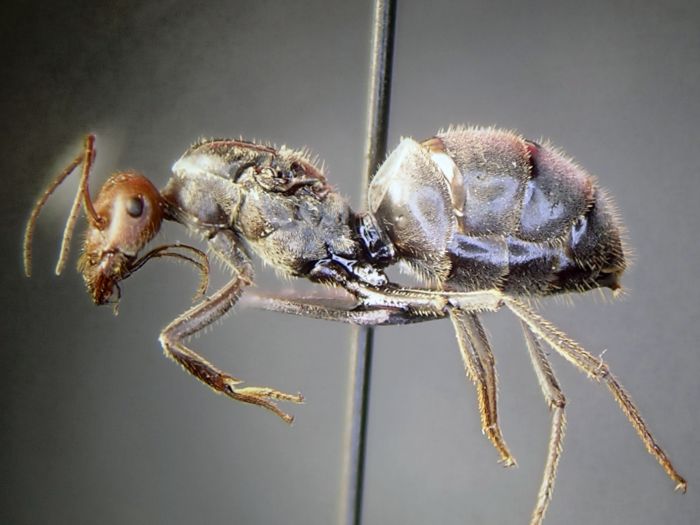
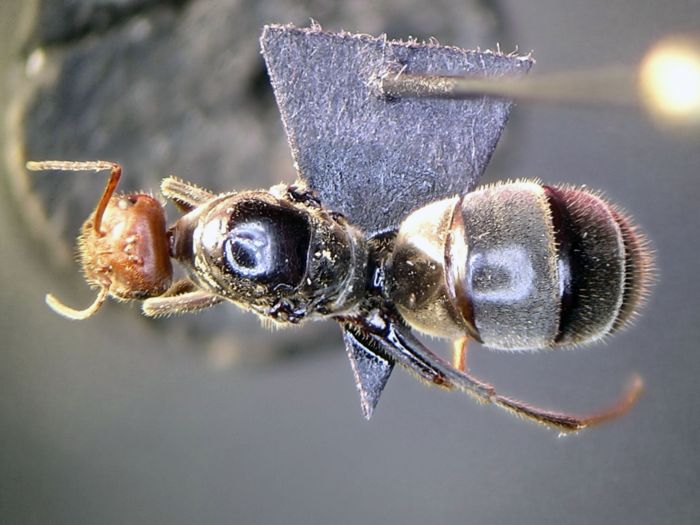
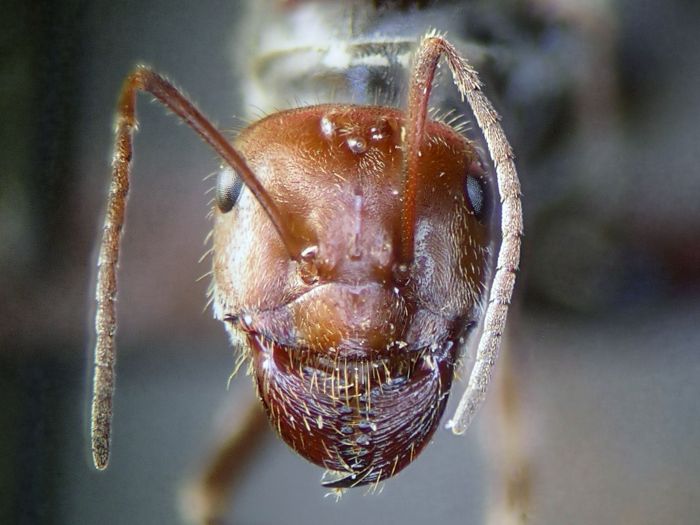







They braided the cotton just like my Pogonomyrmex rugosus! ![]()
Very cool colors, nice ants.
One question: "Myrmecocystus cf. mimicus" What does the cf. stand for?
Yeah P. rugosus are very good cotton braiders. Myrmecocystus cf. mimicus means I think it's Myrmecocystus mimicus, but don't know for sure.
that's what "you think" means! Now I can stop using the whole (?) marker.
Thats what "you think" means! Now I can stop using the whole (?) marker.
Well that also means something similar. Every explanation seems to be slightly different depending on where you look, and what area of biology it is.
How many of these do you have?
About 10 or so.
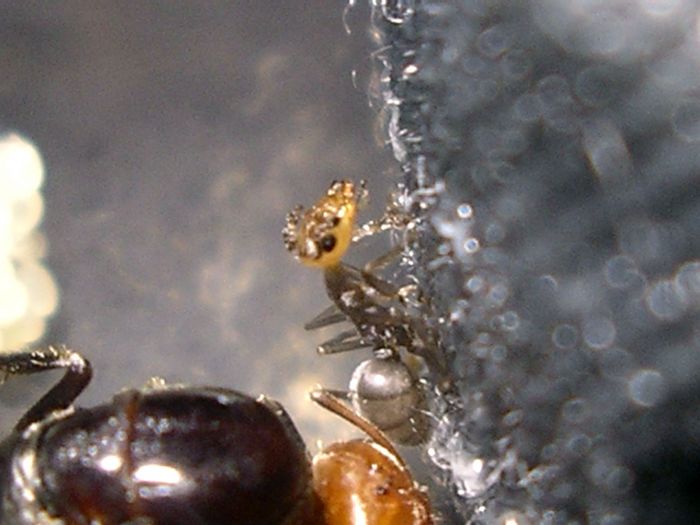
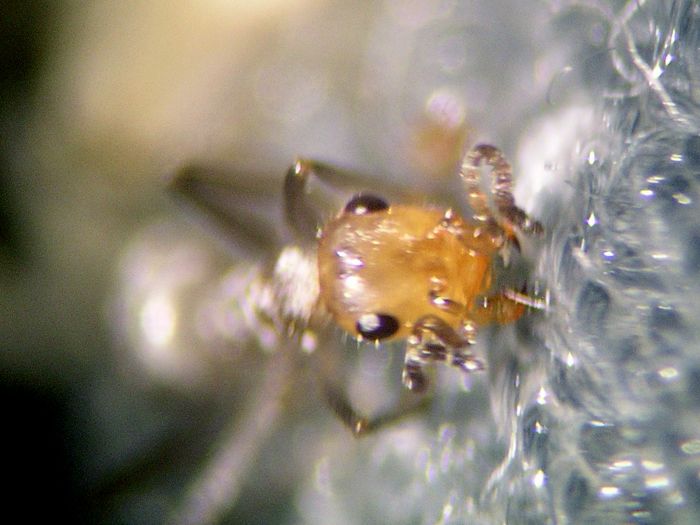
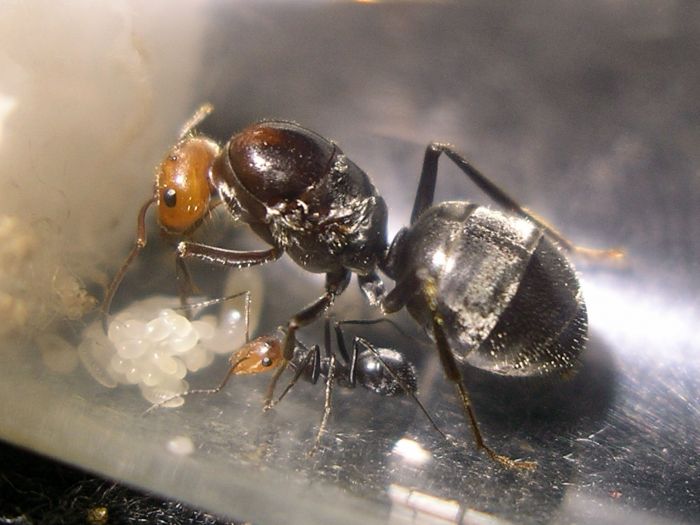
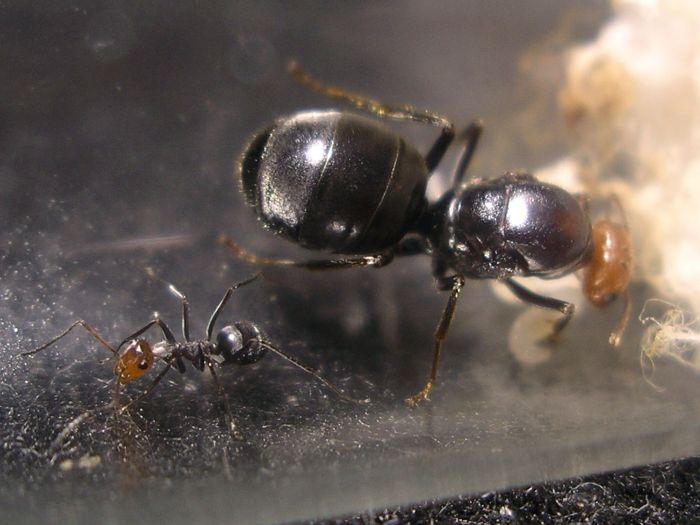
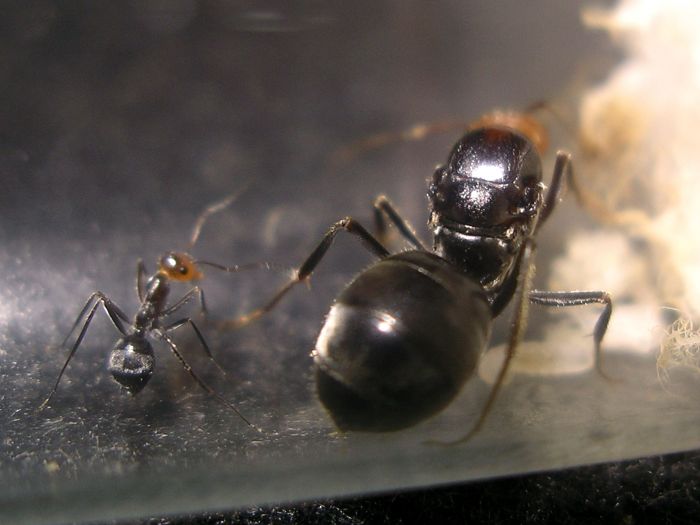
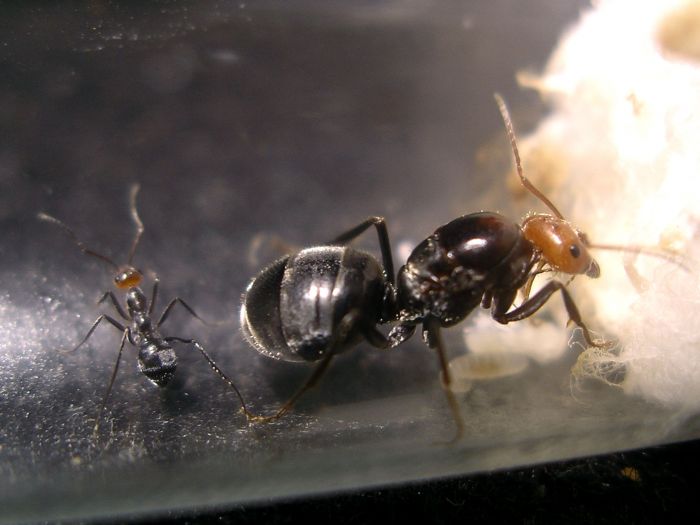
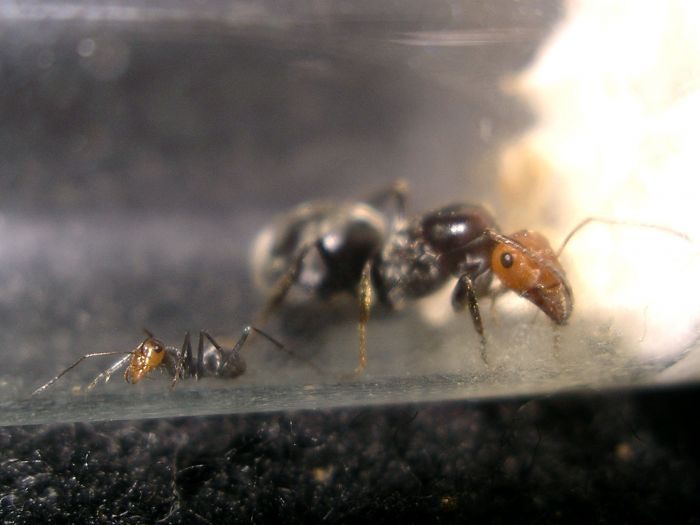
That disfigured ant looks like it got a perm. ![]()
Really beautiful looking ants. The dark coloration with light heads looks amazing. I hope these guys end up doing well.
The good man is the friend of all living things. - Gandhi
Update 10-17-2014
I decided to put the colony with the one worker into a foraging container with a small layer of fine sand added. I also gave them a liquid feeder full of hummingbird nectar.
Update 10-21-2014
The colony in the foraging container was doing great until today. Their test tube flooded a little bit and drowned all the brood. I setup a new test tube with my cotton ball covers this time (as I've been doing with every new test tube I setup), and put a layer of sand inside it also. This should make it much less likely that they would ever drown again, and the ants may be more comfortable this way too.
I think that is how I will set my Myrmecocystus up, as I am giving mine a new setup today. ![]()
How do you know the brood were dead, Drew?
I had a similar incident happen some time ago, it appeared the brood were in a drop of water and had been abandoned by the workers and queen.
After I rescued them and let them dry off, the workers were attentive and started nursing them again after reorganizing them into the brood pile.
Always check for brain activity before calling time of death!
They weren't moving. This is usually only something that people in the Southwest know, because we're the only ones with Myrmecocystus, but their larvae are almost always moving. As a matter of fact they literally crawl right out of the test tubes sometimes. Ask MrILoveTheAnts how surprised he was when he first saw it.
My Myrmecocystus mexicanus larvae hardly ever moved before my queen killed them...
Update 11-24-2014
The colony with the worker no longer has any workers; it died. i obtained another M. mendax colony from Chromerust through a trade and I put that colony into a foraging container with sand. They had four workers, but two of them died right away. They had another worker about a week ago, but this worker, like some of the others, came out deformed with the curled up antennae again. I can see they have another much larger pupae again right now that's completely deformed. A few days ago, they had another normal worker eclose, and so far all three are doing fine. The other queen in the foraging container still has no workers.
These things are funny the way they guard their nests. Just like in the wild, they always have one worker that just sits right inside the entrance of the nest facing outward keeping watch. Every time I walk by, I look inside the little hole, and there she is. ![]()
Pictures.
Update 12-11-2014
I moved the workerless queen out of the foraging container. The other one had a worker die a while back, leaving her with two, and then just the other day, I found the queen and another one of her workers dead laying in a small pool of brownish liquid. I took one of the healthier looking queens and replaced the test tube with hers. I put the lone worker and a couple larvae in with her too. At first she kept nipping at the worker, but was too slow and clumsy to ever get it. I put them in the fridge for about 10 minutes, then took them out. After only about another 10 minutes, they were already cleaning and feeding each other. It's amazing how quickly they accepted one another.
Update 1-17-2015
The only worker of course died a while back... I just left this queen in the foraging container. I just moved another one of these queens that had a couple larvae into a foraging container also now.
0 members, 0 guests, 0 anonymous users